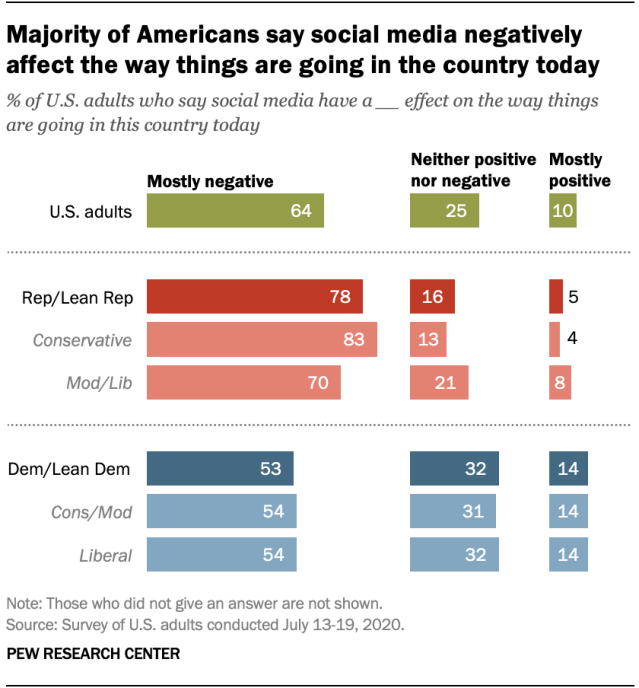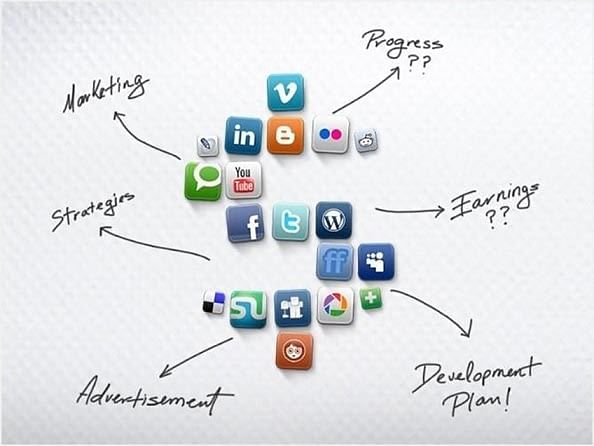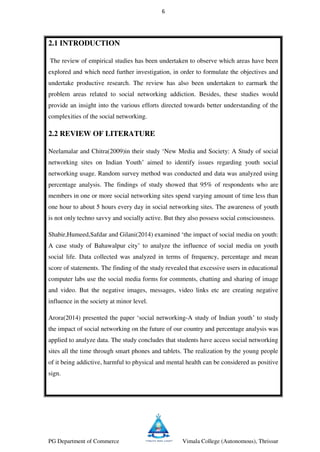The media plays a significant role in shaping the attitudes, beliefs, and behaviors of society, and this is especially true for students who are still in the process of developing their identities and values. From television and movies to social media and music, the media has a pervasive presence in the lives of students and can influence them in both positive and negative ways.
One of the most significant ways that the media can influence students is through the portrayal of role models and the values they embody. For example, if a student sees a character on TV who is kind, intelligent, and respectful, they may be more likely to adopt these qualities as their own. On the other hand, if a student is exposed to media that glorifies negative behaviors such as aggression or substance abuse, they may be more likely to engage in these behaviors themselves.
The media can also shape students' perceptions of what is considered acceptable or desirable in terms of appearance, relationships, and success. For example, the constant portrayal of thin, conventionally attractive bodies in the media can create pressure for students to conform to these standards and may lead to negative body image and unhealthy behaviors such as dieting or disordered eating. Similarly, the portrayal of unrealistic or unhealthy relationships in the media can influence students' expectations and behaviors in their own relationships.
While the media can certainly have negative influences on students, it can also be a positive force in their lives. For example, media can expose students to diverse perspectives and cultures, promoting understanding and tolerance. It can also serve as a source of education and entertainment, providing opportunities for learning and relaxation.
In conclusion, the media has the power to influence students in significant ways. It is important for students to be aware of the messages they are receiving from the media and to critically evaluate their impact on their own beliefs and behaviors. It is also important for parents, educators, and policymakers to be mindful of the media's influence on students and to work towards creating a media environment that promotes positive values and behaviors.







